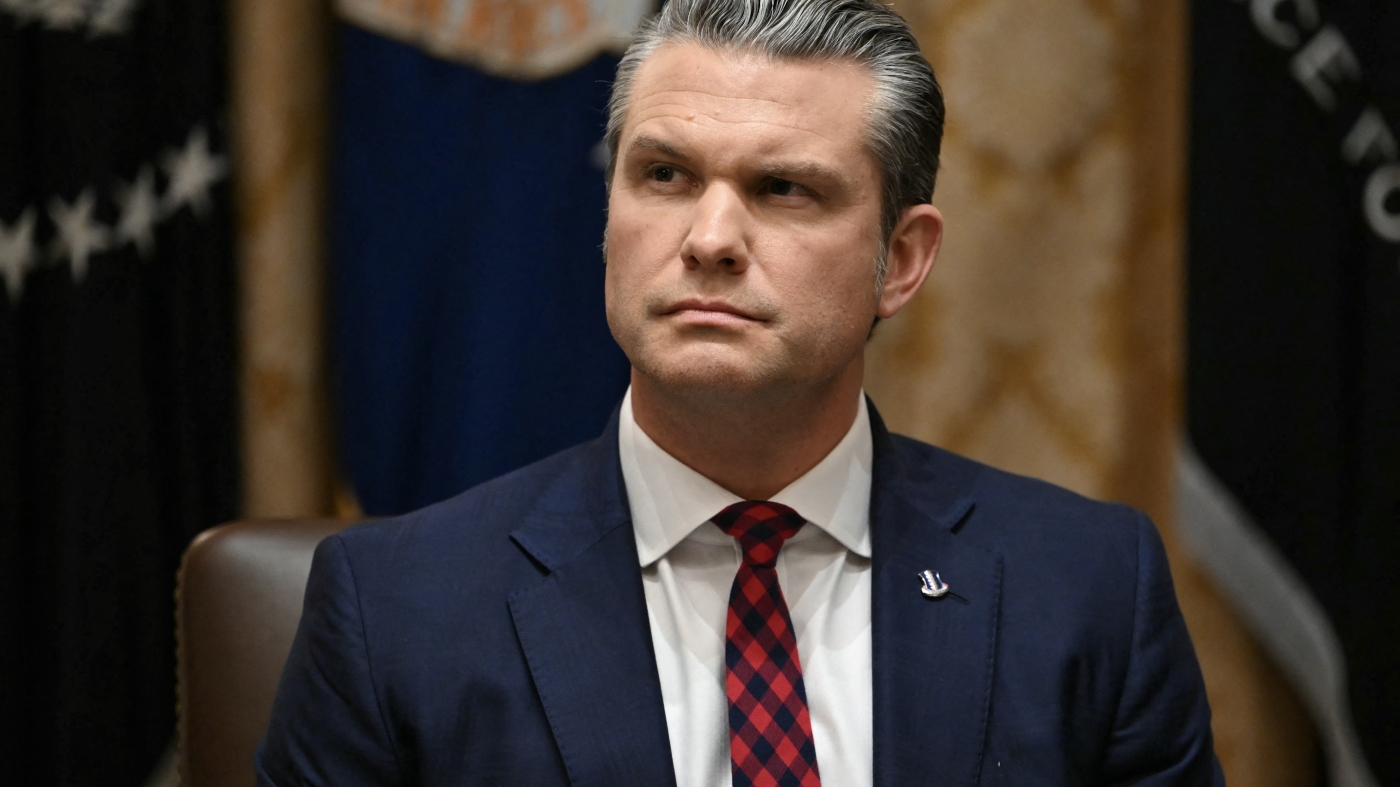CHEYENNE, Wyo. — Visit Cheyenne CEO Domenic Bravo is stepping down to become the new executive director of the Wyoming Office of Tourism, prompting a leadership change at the Laramie County destination management organization. To ensure continuity, the Laramie County Tourism Joint Powers Board has appointed current Vice President Jim Walter as interim president and CEO, effective Nov. 1.
Board Chair Anthony Ortiz commended Bravo’s impact on local tourism.
“Domenic’s leadership has elevated Visit Cheyenne’s profile, strengthened partnerships across the region, and positioned Laramie County as a premier destination for travelers,” Ortiz said. “We are incredibly proud of his appointment to lead the Wyoming Office of Tourism and know he will continue to advance our state’s tourism industry.”
Walter assumes day-to-day leadership with over 22 years of experience in destination management and tourism marketing. Walter joined Visit Cheyenne in 2013 and has served in several roles, including director of convention sales and vice president for the past five years.
Walter has been instrumental in shaping many of the organization’s most successful initiatives and events, including the Hell on Wheels Rodeo and Chuck Wagon Dinner Series, while leading the marketing and sales efforts to bring more visitors to Laramie County.
“I’m honored to continue the important work of Visit Cheyenne and build on the strong foundation Domenic and our team have created,” Walter said. “As we head into the holiday season and close out another successful year, we remain focused on serving our community, supporting local businesses, and welcoming visitors to experience the best of Cheyenne and Laramie County.”




































